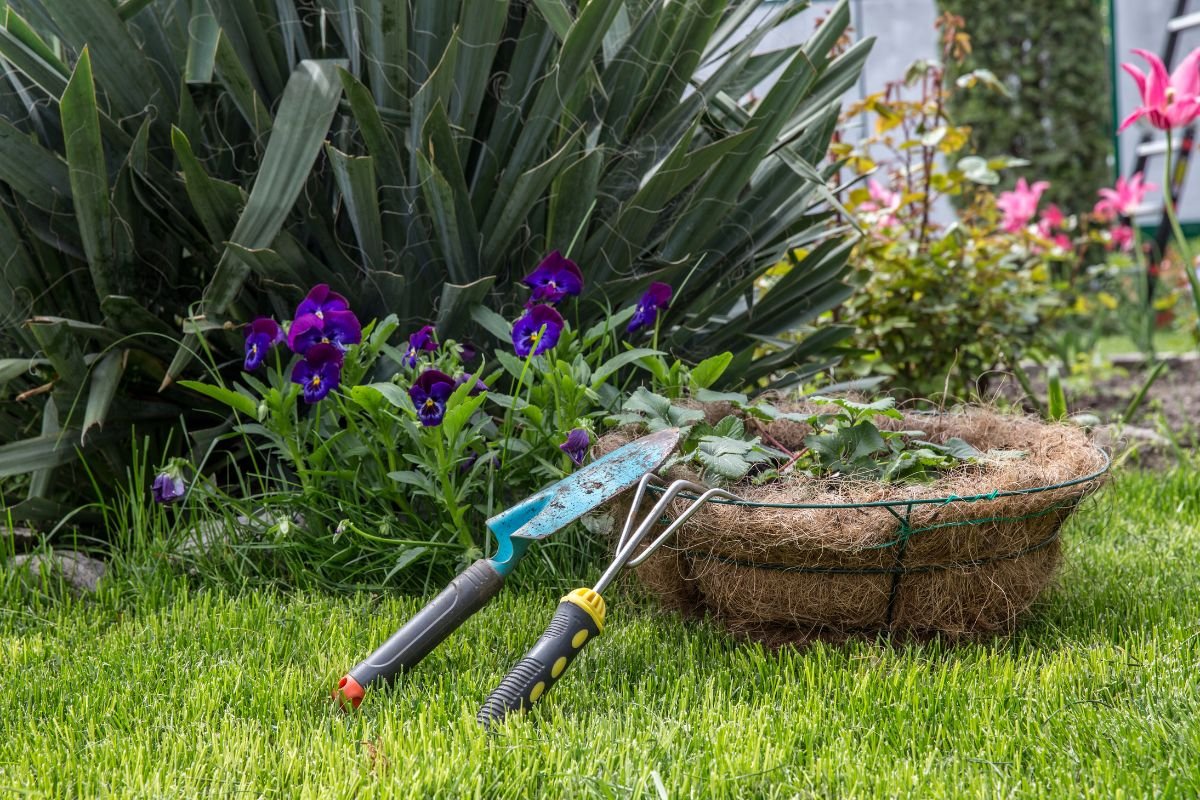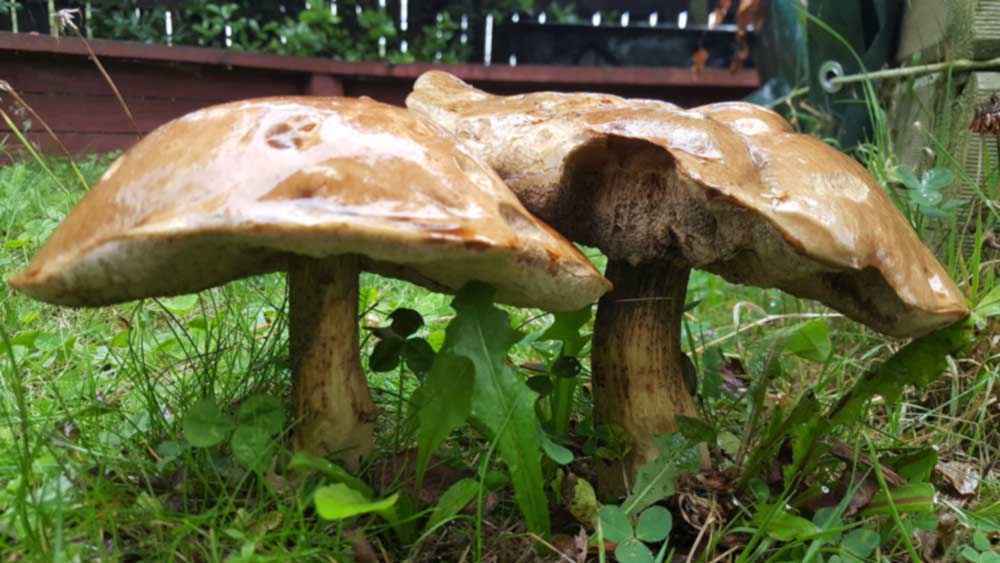Are you battling with Mushrooms or Fungi in your garden with all the wet weather?
If you’re noticing mushrooms popping up on your lawn and roadsides you are not alone. It means that autumn is in full swing, the prime time for fungal growth. Fungi grow quickly in wet weather that occurs right after a dry spell, so New Zealand should be covered in them this Autumn.
There are over 7,500 types of fungi identified in New Zealand, and more to be discovered. They can be found in moist soil, wood and compost. They grow plentifully on dead tree trunks or branches in low lying forestry. One of the most distinct mushrooms are the Werewerekōkako, which even features on our $50 note, a bright blue fungi.
However not all mushrooms are for foodies, these unique plants can often be unsafe to eat which can be a bit of a worry if you you have curious pets or children. Mushrooms can also be an eyesore on your pristine lawn, but how do you stop them growing?
Mushroom removal
Fungal disease on your lawns increases when the grass is stressed. This could be from droughts, poor drainage, low soil fertility and low cutting. If you have tried pulling out or mowing over your mushrooms, but still they keep coming back, try this old method.
Epsom salts are all you need! The Epsom salts will balance the pH of your soil to help get rid of them.
Method
Grab a 5 litre watering can and fill with water.
Put 60g of Epsom salts and stir in.
Pour over the affected area.
Epsom salt is safe to use and won’t burn your grass. It is a great fertiliser as it contains magnesium which helps plants absorb nitrogen, phosphorus and sulphur which are the main ingredients to a green lush lawn! You can expect a few to pop up in your garden over the winter period - so remembering this handy tip will keep them at bay.
Can I eat the mushrooms in my backyard?
Mushrooms are an excellent source of B vitamins and minerals such as selenium and zinc, plus protein, some species are recognised for their benefits to health and disease prevention. With so many types of mushrooms out there, we don't recommend picking anything you aren't sure is safe to eat.
Field mushrooms are commonly found in NZ bush and are safe to eat. However the differences between a deadly and edible mushroom can be so minor, it is not safe to eat anything that hasn’t been identified by a professional.
Rules for fungi eating:
Never eat unidentified fungi - some can be deadly, and it is better to be safe that sorry.
Eat new mushrooms in moderation, try a small amount and wait a few hours, keep some of the fungi aside to determine what they are in case you get some ill effects after consuming.
Don’t mix fungi together - unless you have eaten them before.
Cooking, heating and salting do not destroy poisons inside the mushrooms. Doing this will not ensure any safety for unidentified mushrooms.
Common NZ Mushrooms
- Wood ear mushroom, virtually stemless and frill-less these mushrooms are often found on tree trunks in clusters. Still used today commonly in Chinese dishes, these mushrooms are crispy, but fairly flavourless and take on flavour within the dish.
- Puffballs, you have most likely seen these mushroom varieties at one time or another. These species are pure white on the inside which later turns to spores and air. Spores are released with the help of an animal, or human who can’t resist smushing or kicking it, and are spread around with wind. Many puffballs are safe to eat, as long as the inside is white. Some giant puffballs found in NZ have grown to extreme sizes and they are often mistaken for sheep!
Puffballs were traditionally eaten by Maori and also used for medicinal purposes. The spores could heal burns, was used to stop bleeding as well as an anesthetic.
Poisonous mushrooms
· The death cap, a known mushroom to the world that can be fatal if ingested. Often mistaken as other edible fungi this mushroom can cause effects in a few hours. The symptoms are similar to food poisoning, over the course of a few days. Toxins in the mushroom act on the liver and kidneys, after a few days it will become clear that a liver transplant will be needed, but the end result can often be death. Luckily there have been no such extreme cases in NZ.
· The Fly Agaric is the mushroom of fairytales, bright red with white spots, from the toadstool family. These toadstools are pretty and bright, but not to be played with as they are poisonous. If too much is ingested it can lead to liver failure, so our best suggestion is to take a quick photo of these then remove them before your dog gets any ideas!
Grow Your own
If you have an interest in mushrooms, and don’t want to pay big bucks at the supermarket, you can easily grow your own. Mushrooms don’t require much attention as they don’t even photosynthesize. Have a look at what kinds you can buy that will thrive in New Zealand.
You can purchase a mushroom growing kit, or investigate yourself and spread spores from an existing species. Mushrooms prefer dark, cool, moist, and humid growing environments. Easily grown indoors in a spot under a sink, a garage or basement. You can also grow them outside in logs but it may take longer to germinate than indoor controlled conditions. Mushrooms grow quickly and you can be eating them within 4-6 weeks, they are a great produce choice for winter especially if you are an impatient gardener hanging out for Springtime.
Before going mushrooming and seeking out this free food we recommended that you consult someone who knows them, and use the mushroom eating guide listed above! Otherwise get onto growing your own and you will be making creamy mushrooms galore in just over a months time.


































